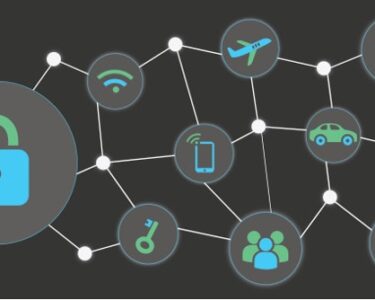Sustainable Digital Living: Balancing Technology and the Environment
In today’s digital age, our lives are increasingly intertwined with technology. From smartphones and laptops to smart homes and cloud-based services, our reliance on digital devices has become ubiquitous. While technology brings countless benefits, it also poses challenges to environmental sustainability.
The Environmental Impact of Digital Technology
Digital technology has a significant impact on the environment, primarily due to its energy consumption and the extraction and manufacturing of raw materials.
- Energy consumption: Data centers, which power the internet and cloud computing, consume vast amounts of electricity. In 2021, data centers accounted for approximately 1% of global electricity use.
- Raw material extraction: The production of electronic devices requires the mining of precious metals, rare earth elements, and other raw materials. These processes often involve environmental degradation and human rights concerns.
Sustainable Digital Practices
Recognizing the environmental challenges posed by digital technology, it is essential to adopt sustainable digital practices. Here are some key strategies:
- Reduce energy consumption:
- Power down devices when not in use.
- Use energy-efficient appliances and chargers.
- Choose renewable energy sources for data centers.
- Extend device lifespan:
- Repair devices instead of replacing them.
- Use protective cases and screen protectors.
- Software updates can extend the functionality of older devices.
- Practice responsible disposal:
- Recycle outdated or broken devices.
- Avoid sending electronic waste to landfills.
- Support e-waste recycling programs.
- Optimize cloud usage:
- Store data locally when possible.
- Use cloud services with energy-efficient infrastructure.
- Delete unnecessary data from cloud storage.
- Educate and raise awareness:
- Share information about sustainable digital practices.
- Encourage businesses and organizations to adopt responsible environmental policies.
Benefits of Sustainable Digital Living
Embracing sustainable digital practices not only benefits the environment but also brings numerous advantages to individuals and society:
- Cost savings: Reducing energy consumption and extending device lifespan can save money on utilities and replacement costs.
- Improved health: Reducing screen time and exposure to electromagnetic radiation can improve sleep, reduce stress, and promote overall well-being.
- Environmental preservation: Sustainable digital practices help conserve resources, reduce pollution, and protect biodiversity.
- Social responsibility: By adopting sustainable digital habits, we contribute to a more sustainable future for generations to come.
Conclusion
Sustainable digital living is a crucial aspect of responsible technology use in the 21st century. By reducing our environmental impact and adopting sustainable digital practices, we can balance the benefits of technology with the preservation of our planet. By making conscious choices, educating ourselves, and encouraging others to do the same, we can create a more sustainable and equitable digital future.


